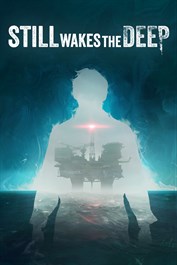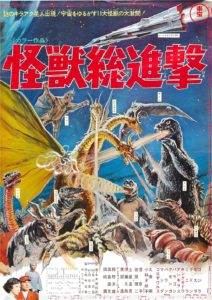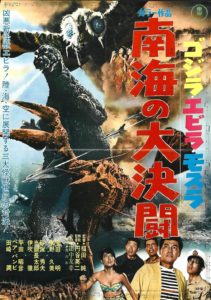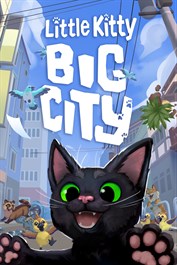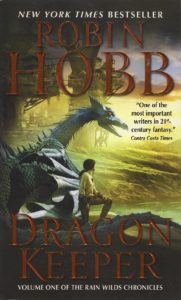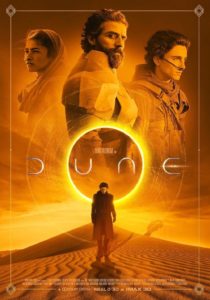 A couple of years ago, I watched maybe half of the Dune remake, but it was at night and I fell asleep. And then I never got around to returning. Which, I mean, plenty of time to make up before part two came calling. Which brings me to last weekend, wherein I did in fact watch the movie for real and true. And you know what? Not bad!
A couple of years ago, I watched maybe half of the Dune remake, but it was at night and I fell asleep. And then I never got around to returning. Which, I mean, plenty of time to make up before part two came calling. Which brings me to last weekend, wherein I did in fact watch the movie for real and true. And you know what? Not bad!
See, there’s this noble family, we’ll call them the Starks. And they are asked by the Emperor of All Cosmos to take over production of spice[1] from a different noble family, who we’ll call the Lannisters. The Lannisters are super rich and also not fond of having their golden goose forcibly taken away, so they plan a trap. But that’s not important right now. What’s important is that Paul Stark is possibly the first male Aes Sedai since the end of the Second Age, as evidenced by the fact that he is having prophetic dreams about Mary Jane Aviendha and by the fact that when he sticks his hand inside a ter’angreal that causes pain, he doesn’t pull his hand out. (Although arguably he was coerced by the threat of murder into leaving it there.)
So anyway, Paul goes off to desert world, where… oh, hey, *Dune*! I get it. Nice one.
He goes there, I was saying, with the rest of his family, to start harvesting spice. And they learn about the giant sandworms who leave behind teeth that you can turn into crysknives if you have a scroll of enchant weapon, and they learn about the blue-eyed desert people who are not fans of the Lannisters, and right as it seems like they might be able to get the hang of this whole spice-harvesting gig even though all the equipment keeps breaking down and may have been sabotaged, that turns out not to matter, because Baron Lannister and his nephew Drax “Sting” Lannister launch a surprise attack and kill every single last Stark. Weirdly, nobody got married.
Wait, sorry, I’m being informed that Paul Stark and his mother Moiraine survived, and wandered off into the desert to hook up with Mary Jane and the rest of the desert people so they could lay low until it’s time for their counter-revenge in part two. Which we’ll probably watch tomorrow!
Although I have been glib in the above review, it is worth mentioning that a) the ornithopters are extremely cool, b) I very much want to know what happens next, even though I kind of do know, and c) the entire aesthetic of the first movie is A+. You can really tell the difference between what Lynch was able to accomplish in 1984 and what Villeneuve has been able to now, from a technological stance. From an adaptive stance, well, Lynch definitely adapted a book, while this guy is putting the book on screen.
I guess the important difference is that Lynch makes me giggle continuously, albeit in a good way, while Villeneuve makes me watch.
[1] Spice is what makes warp speed possible. (Also, it improves food I assume.)
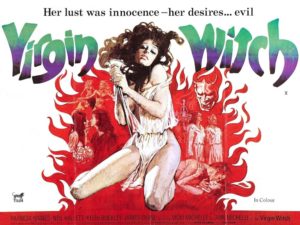 My horror movie podcasts’s next movie [that I had not already seen] was meant to be a grind house movie about a witch. My instant internal response was, does that even exist?? Turns out, there’s at least one! (And I’m betting not many more than that.)
My horror movie podcasts’s next movie [that I had not already seen] was meant to be a grind house movie about a witch. My instant internal response was, does that even exist?? Turns out, there’s at least one! (And I’m betting not many more than that.)
